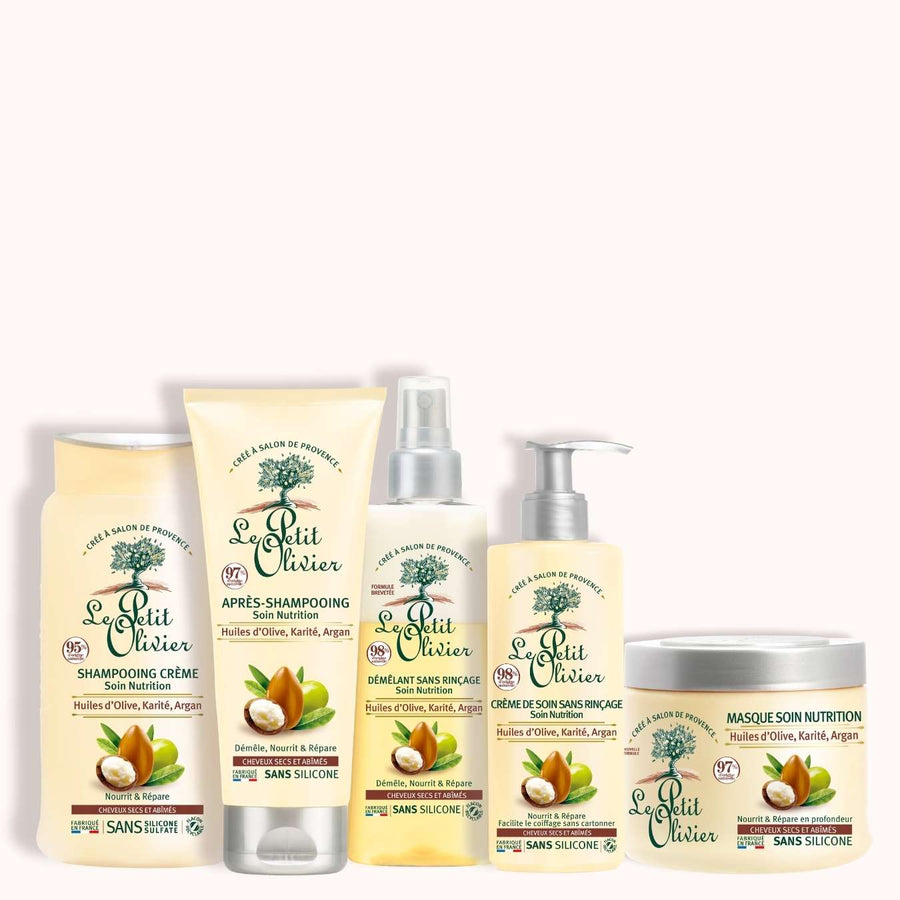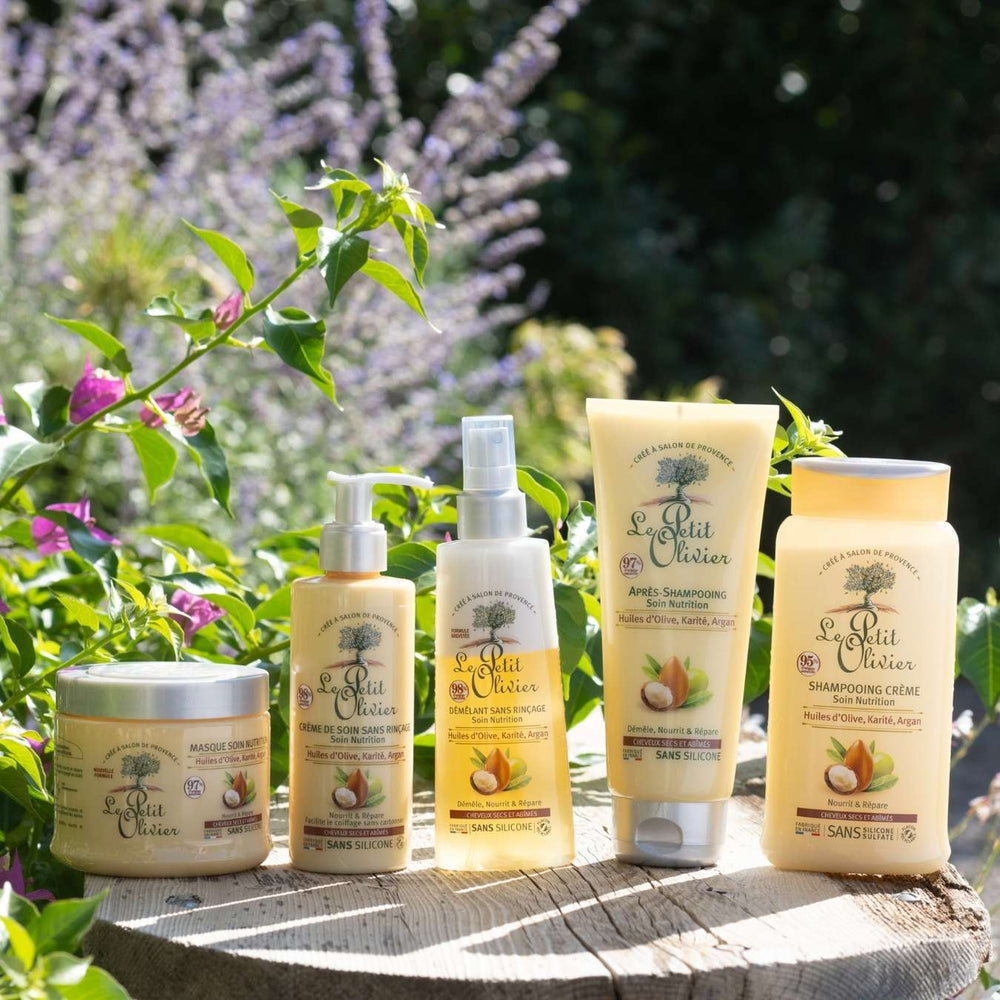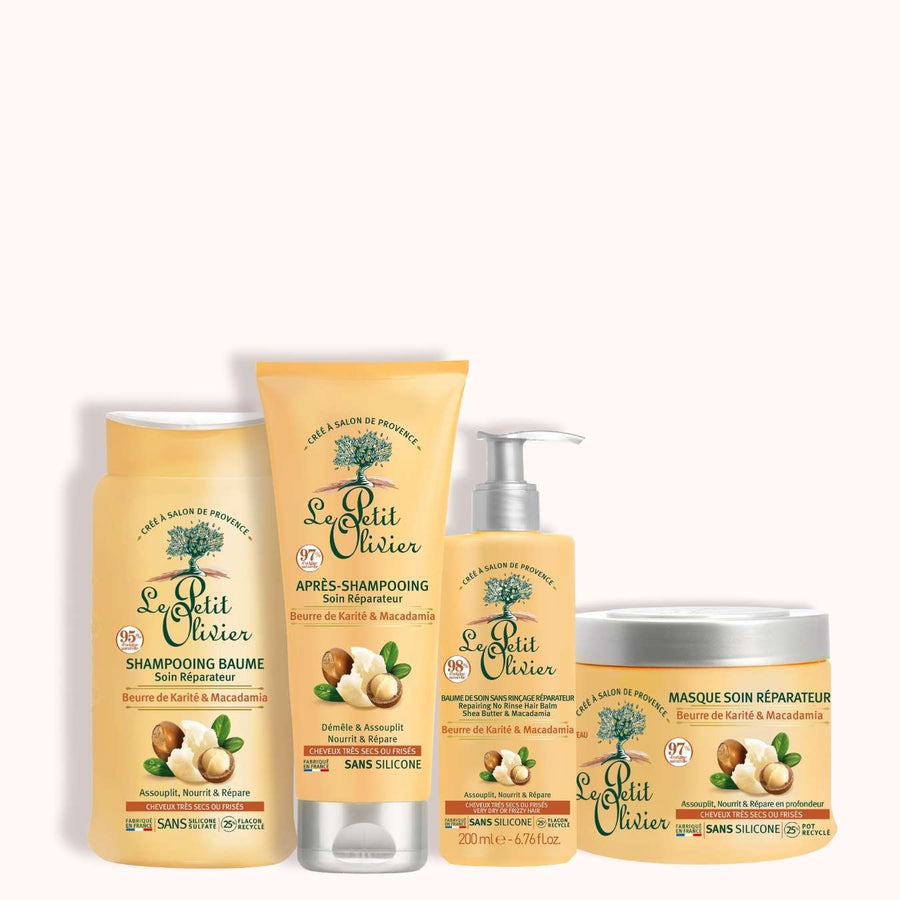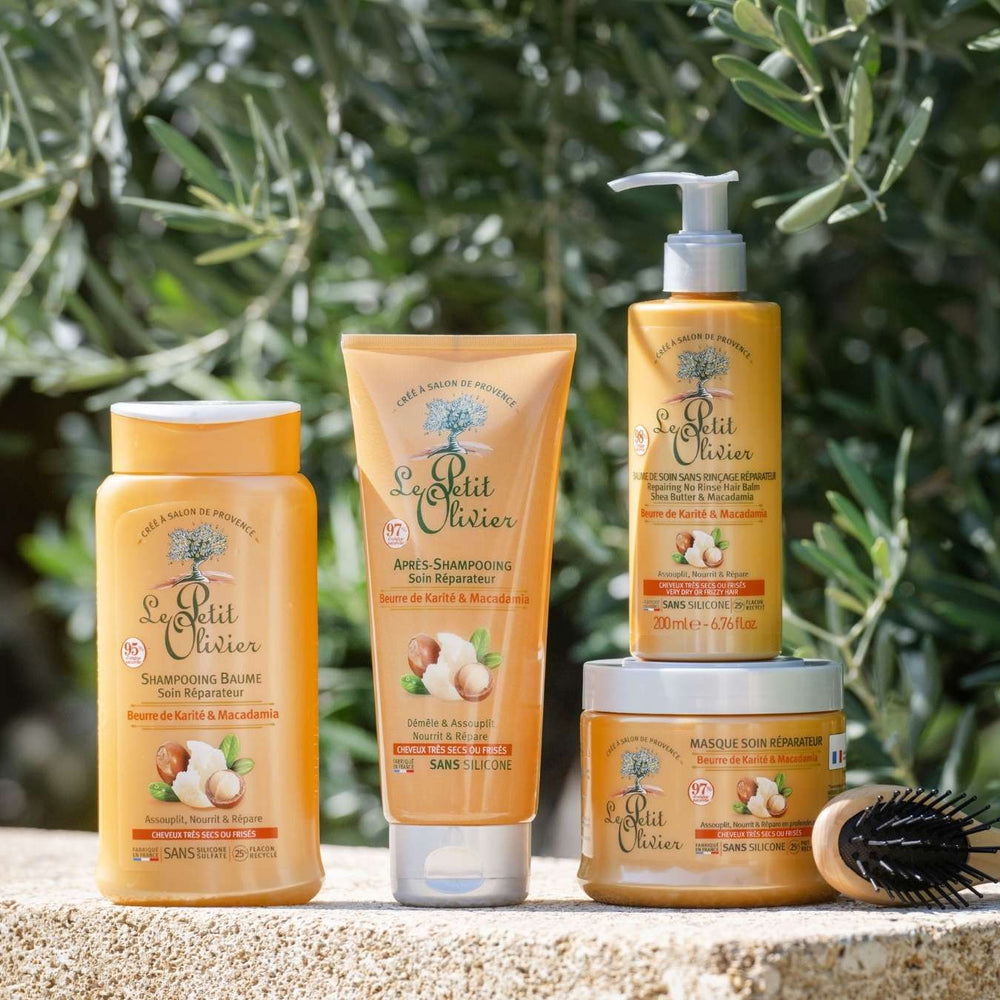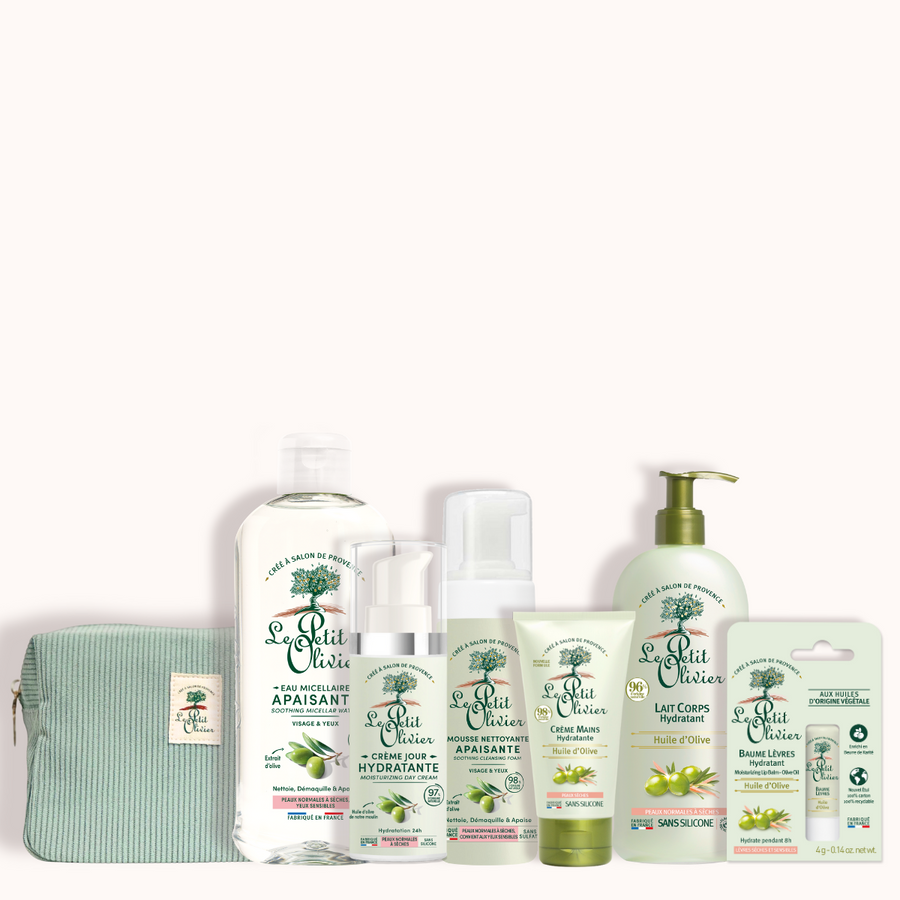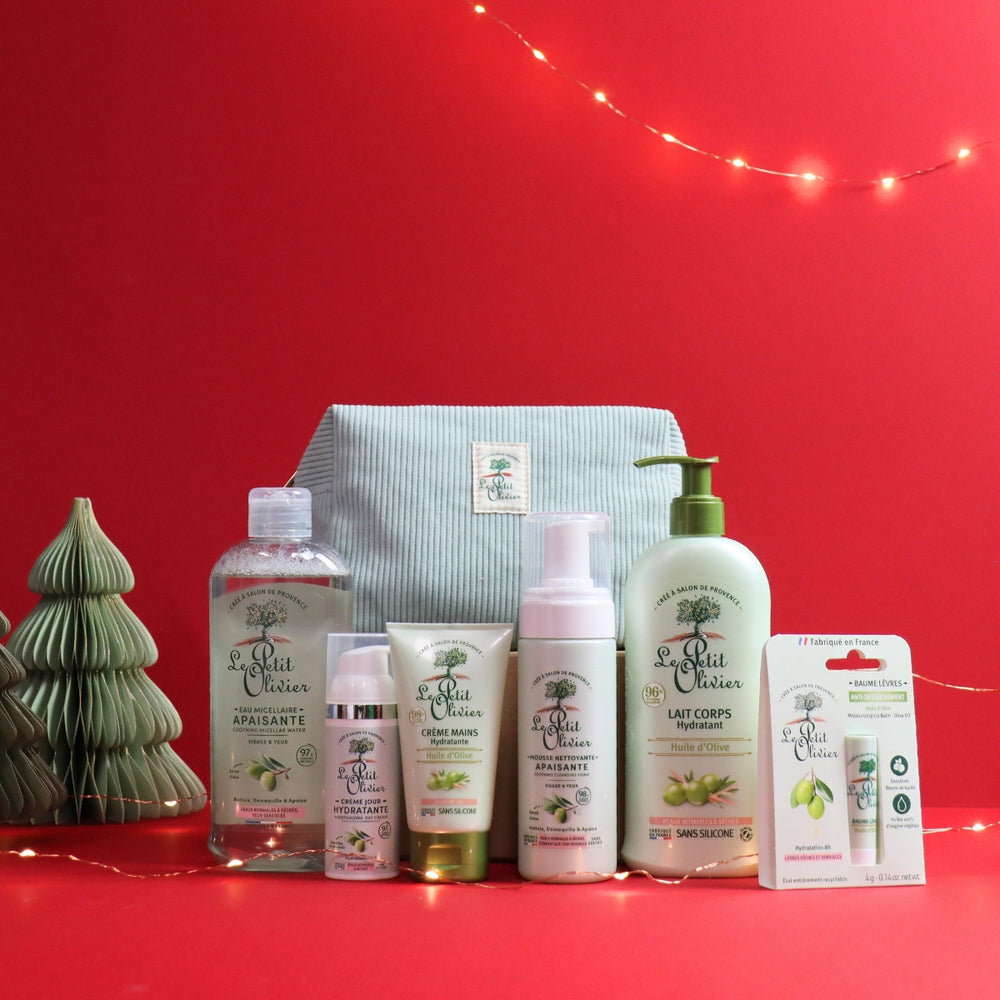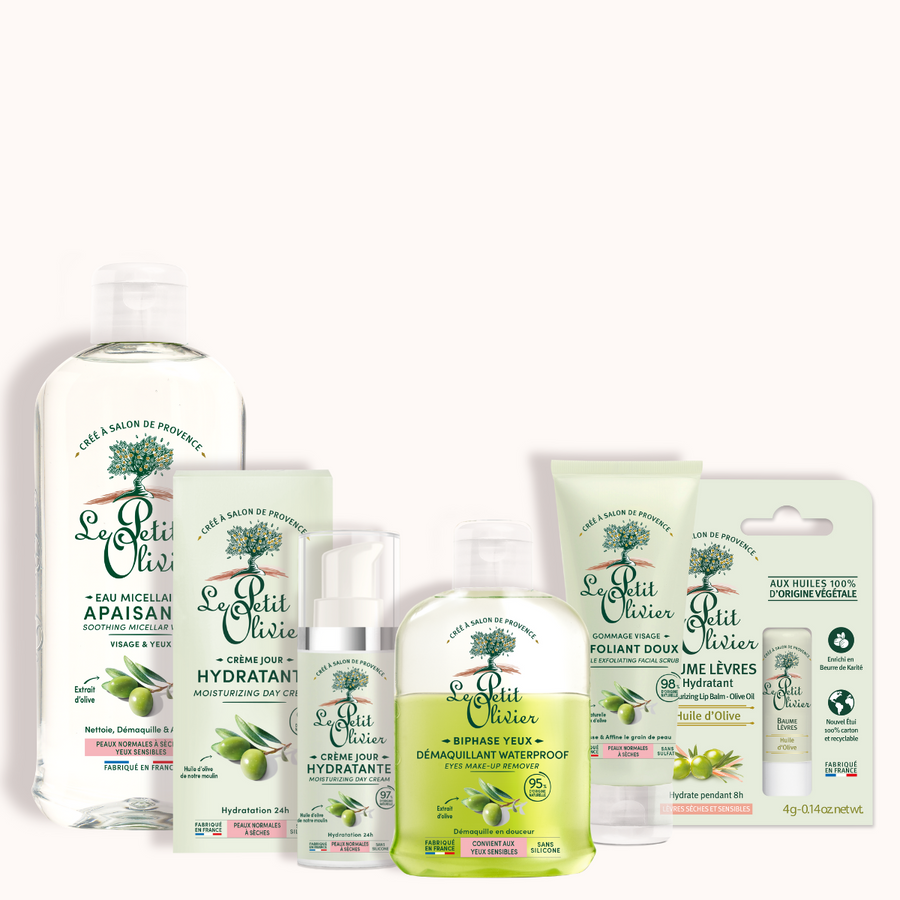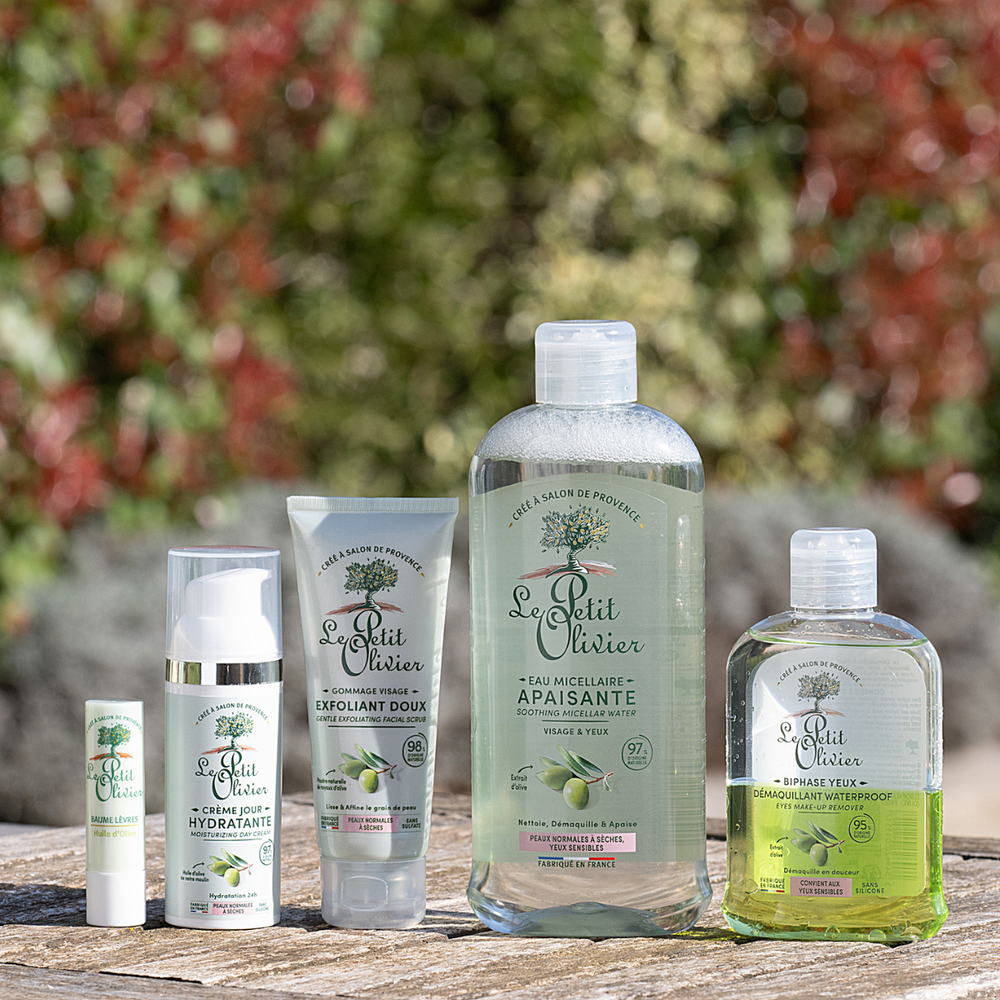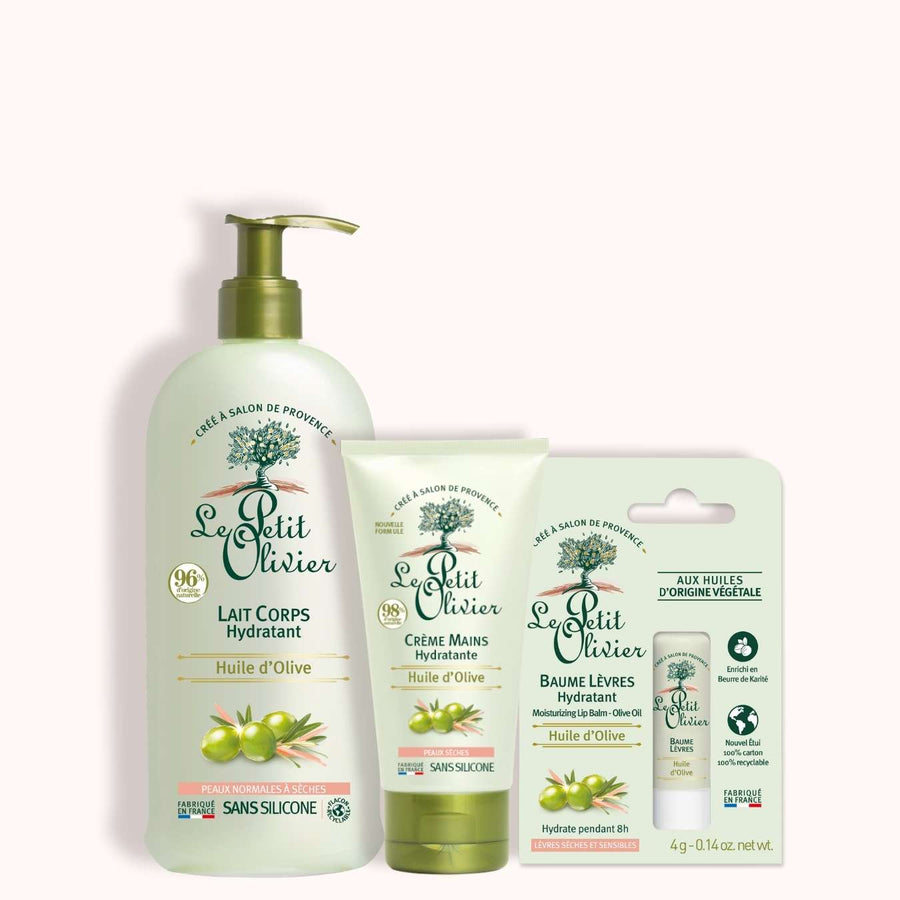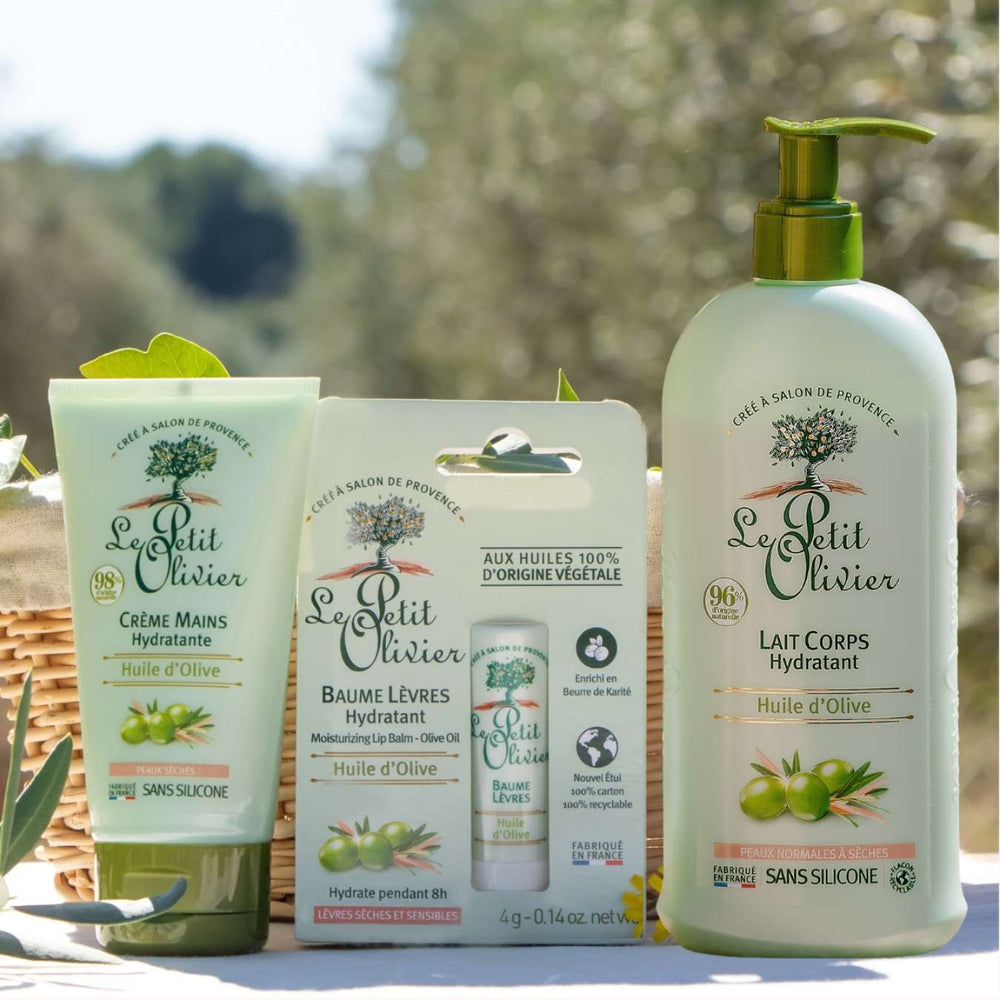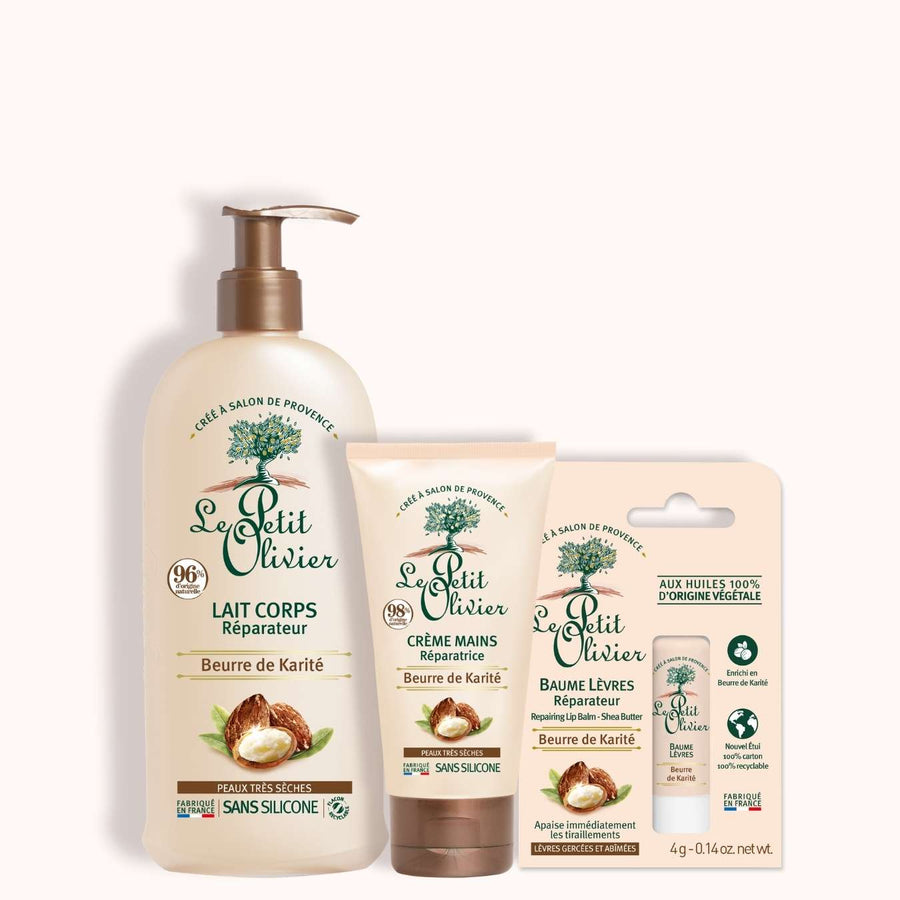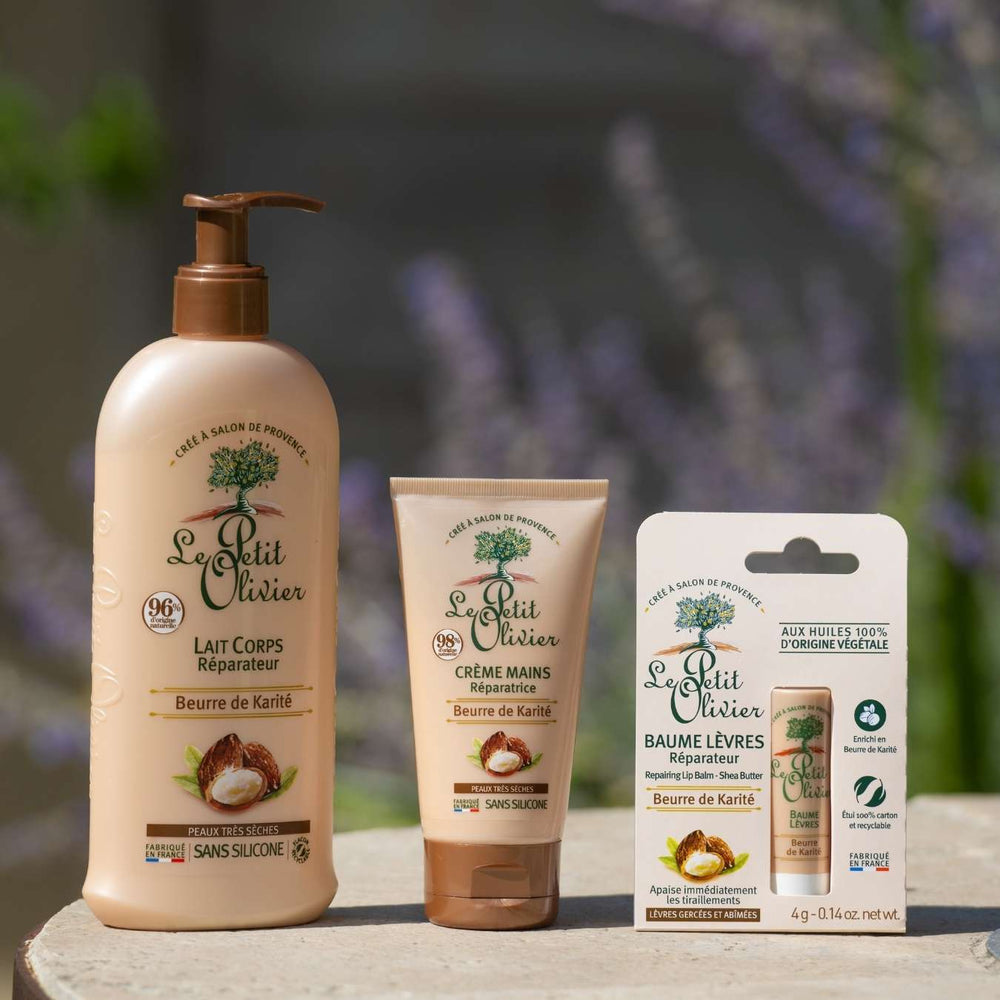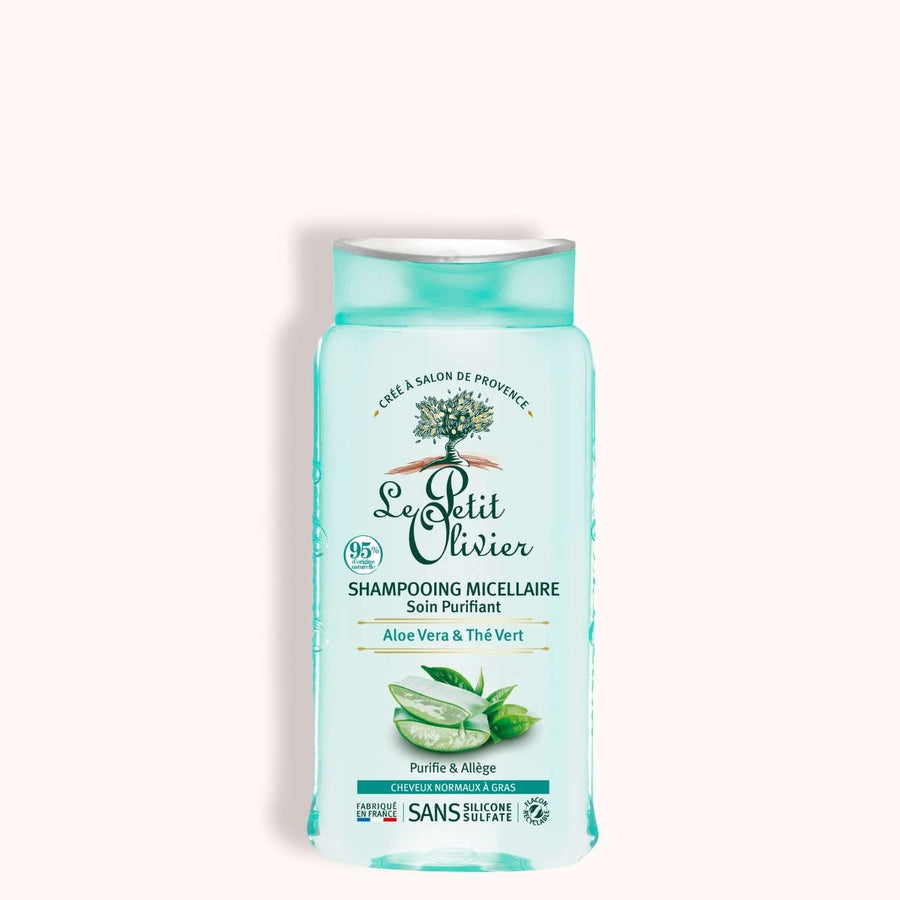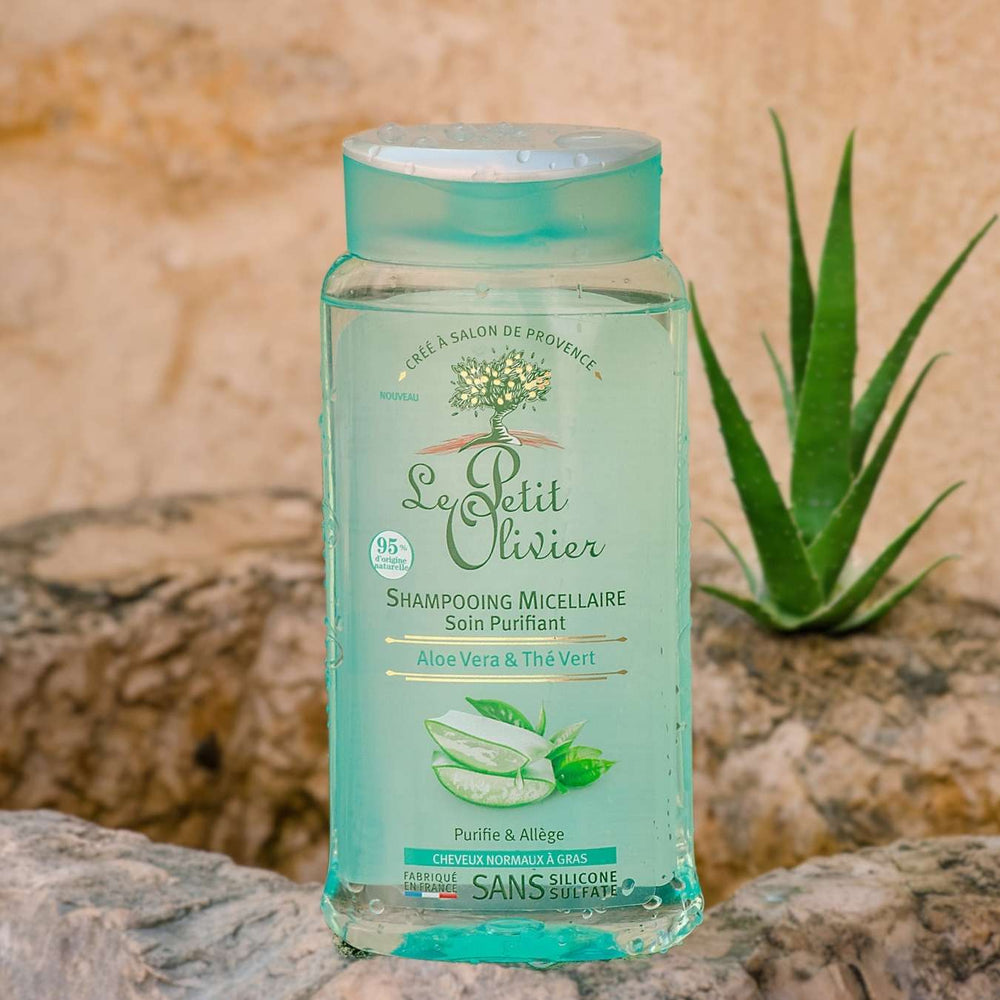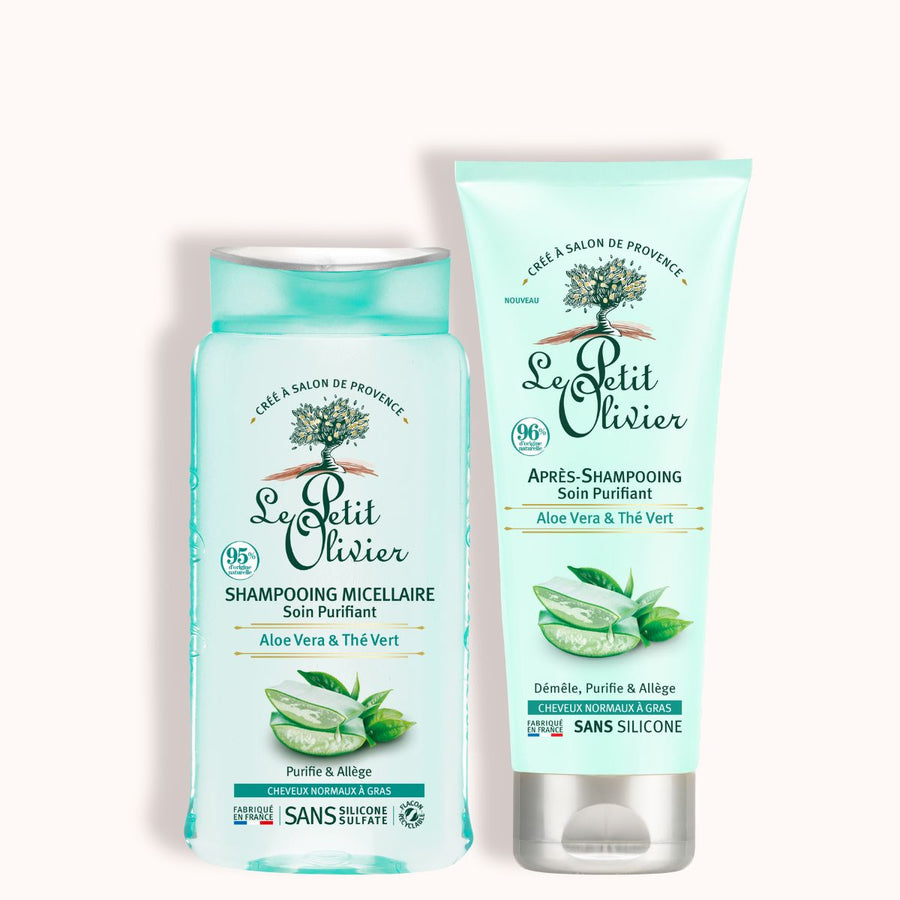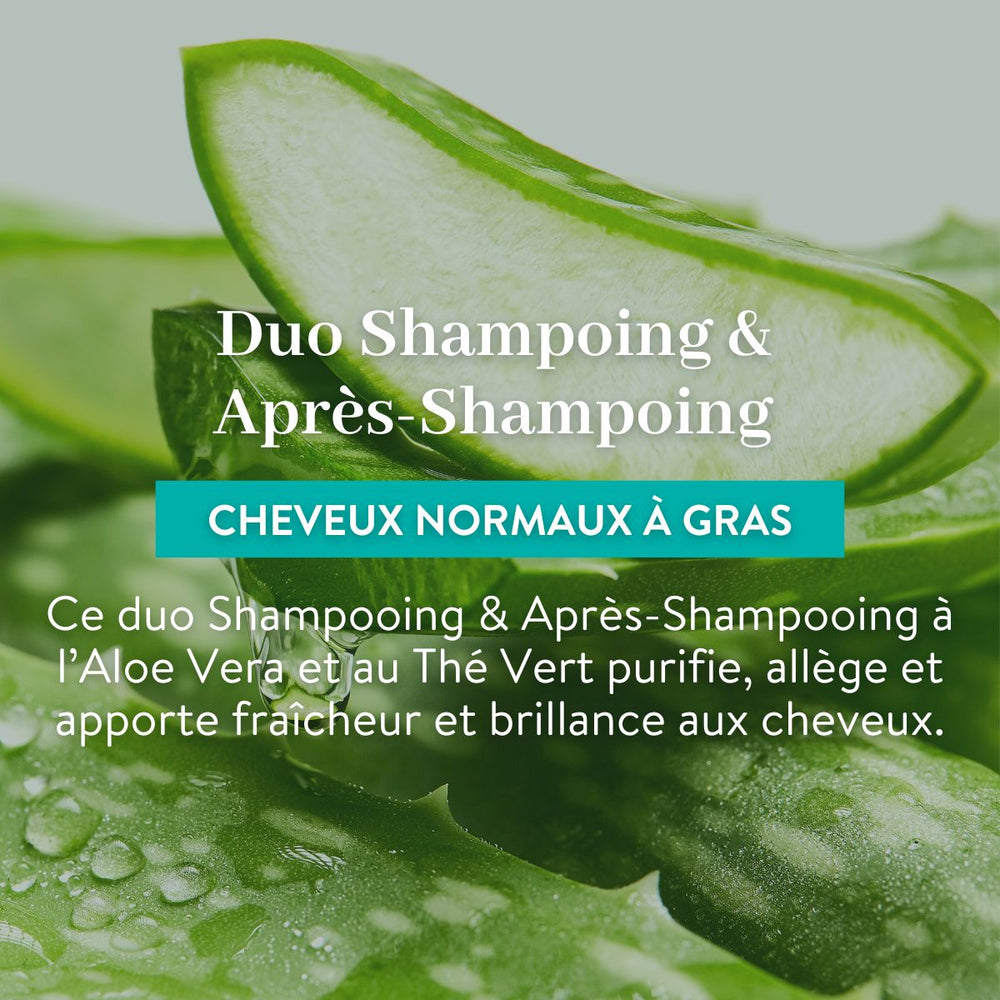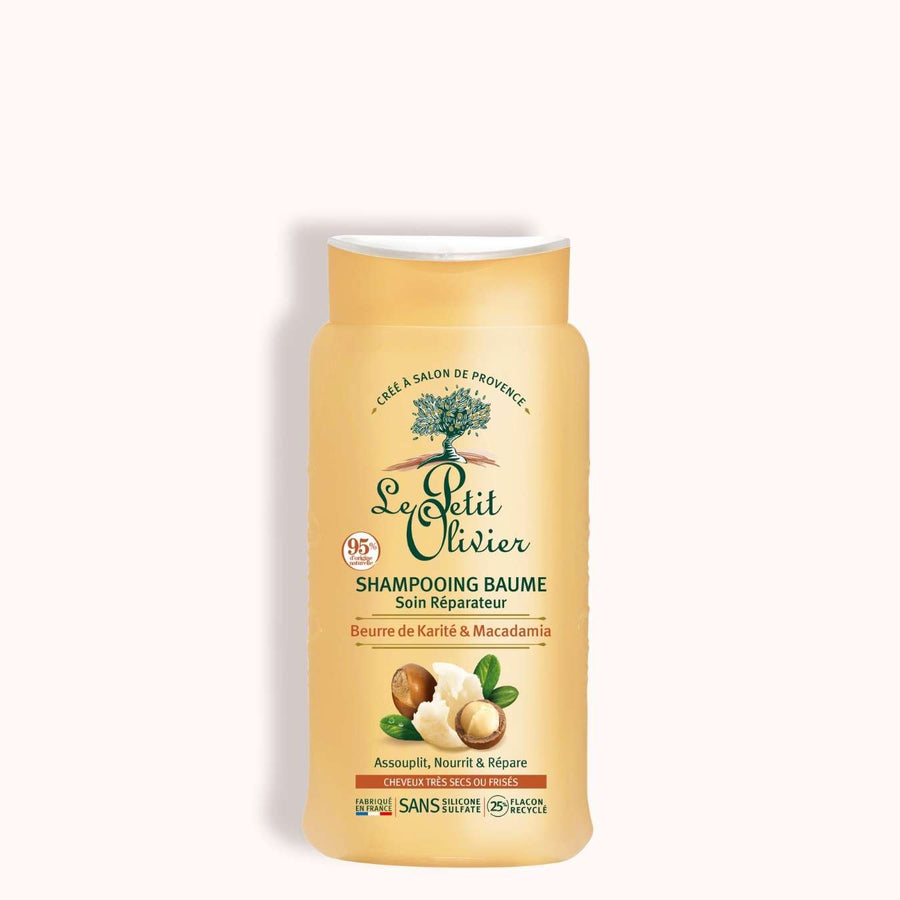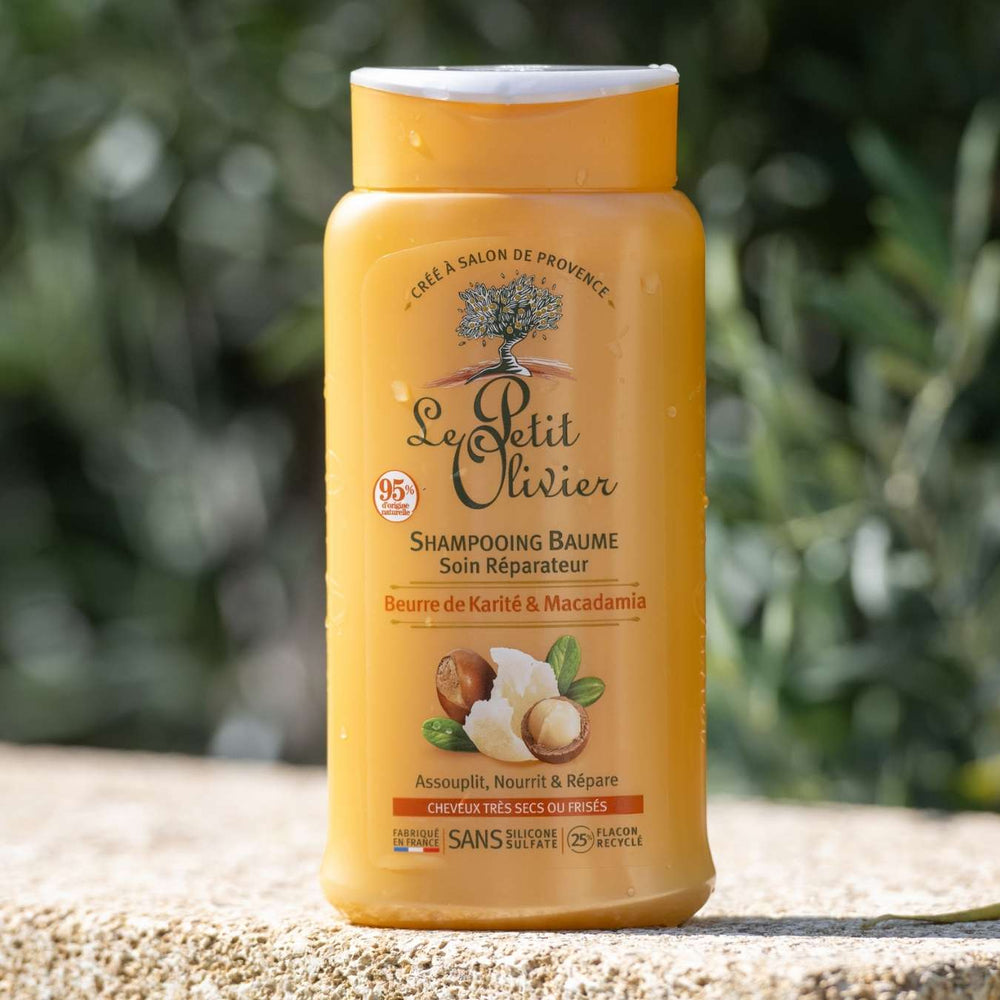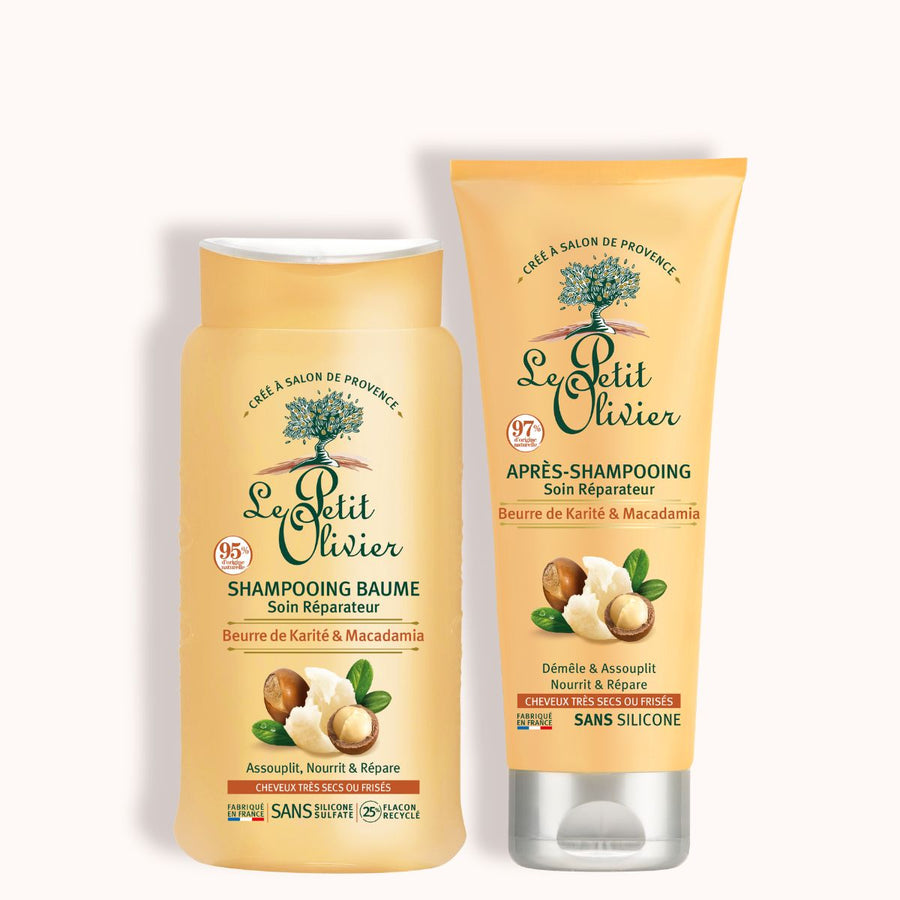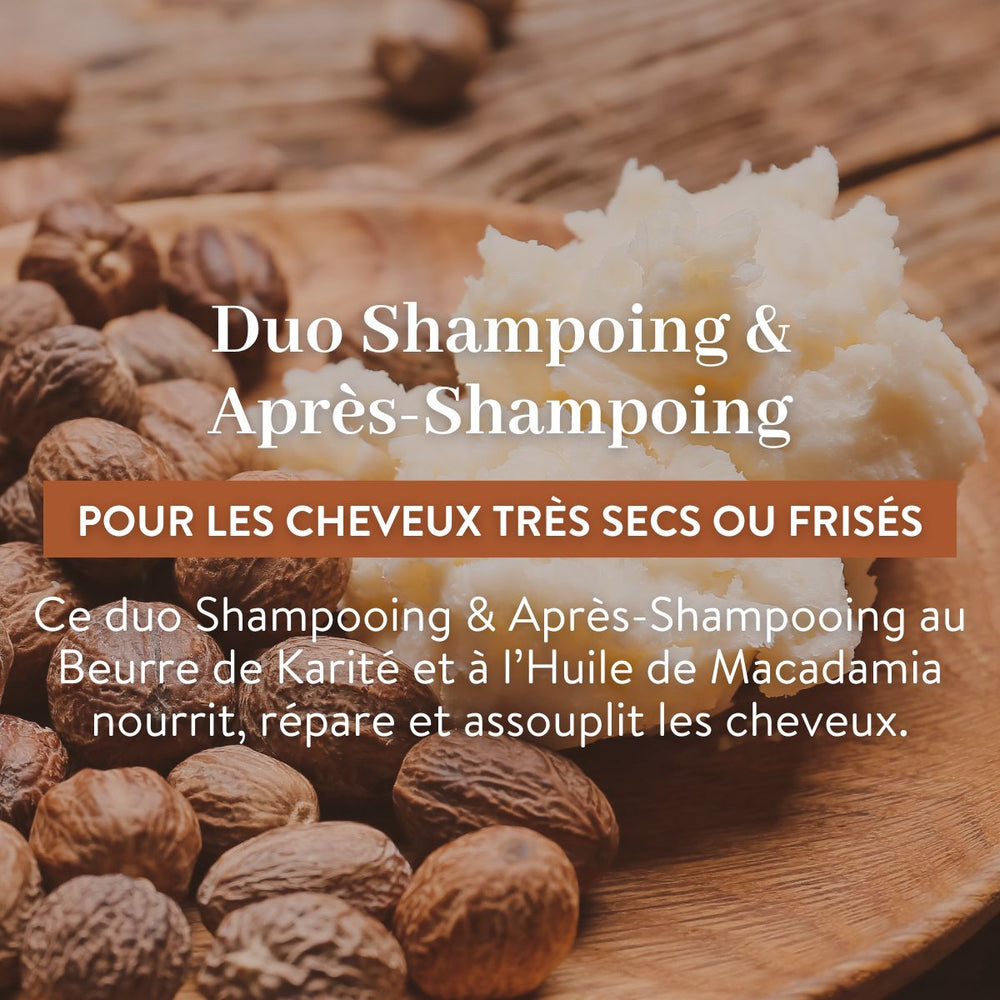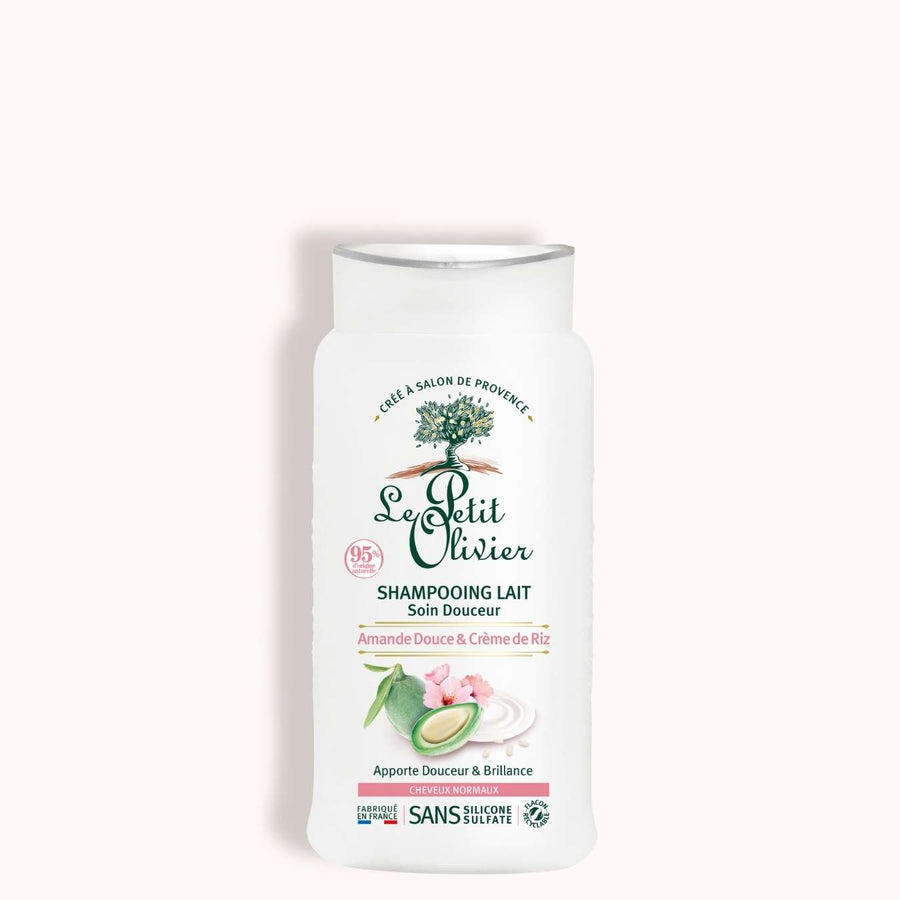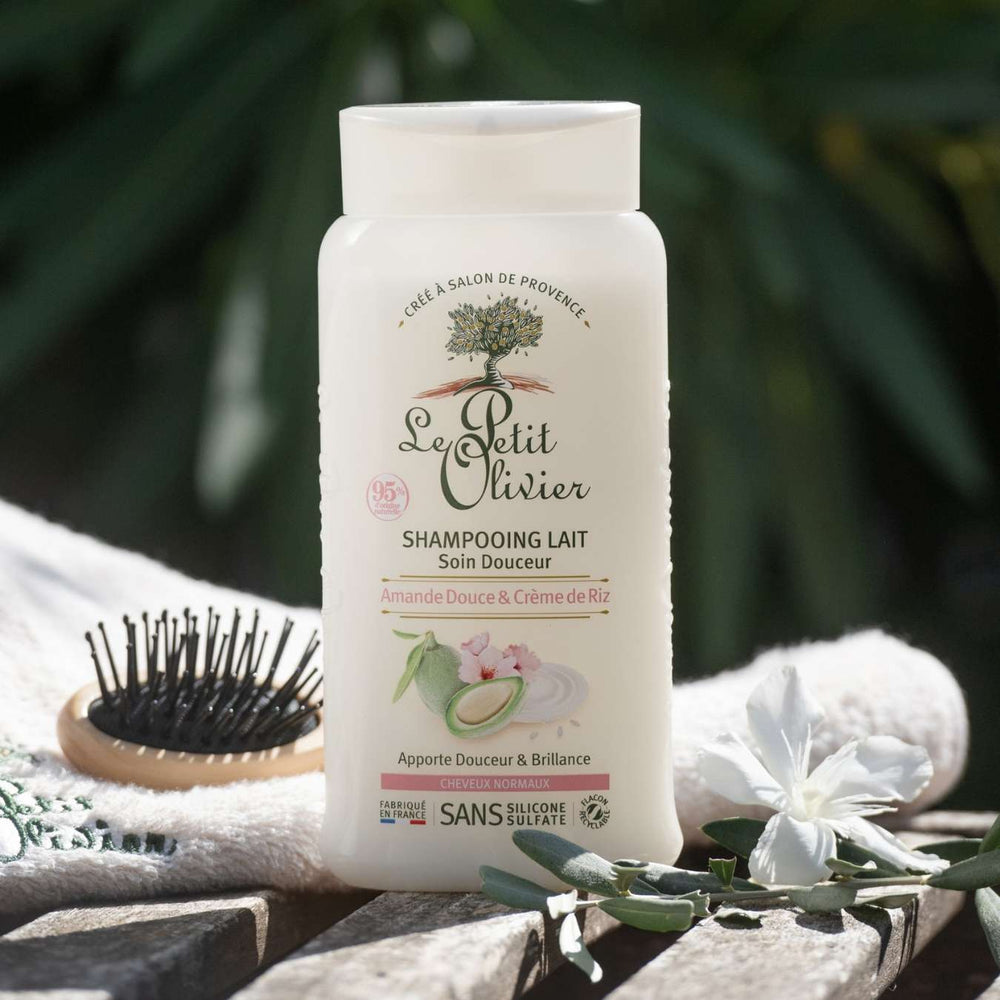Why are some shampoo ingredients considered toxic?
On this page of the hair care universe, shampoos are often at the heart of our daily rituals. Yet some of the ingredients in these products raise questions about their safety. What makes some of these ingredients so controversial? We'll start by exploring sulfates and parabens, two active ingredients frequently singled out for their potentially harmful effects.
We will then look at the impact these substances can have on the scalp and hair fiber, not forgetting their more general impact. Regulations play a crucial role in the safety of cosmetic formulations; we'll look at current standards as well as recent legislative developments. Finally, it's essential to know how to avoid toxic ingredients in shampoos, and what alternatives are available to you to adopt a more respectful approach to your well-being and the environment.
Controversial ingredients in shampoos
Sulfates: why are they considered toxic?
Visit sulfatesalkyl sulfates in particular, play an important role in shampoo composition thanks to their detergent properties. They are distinguished by their ability to produce abundant foam and clean effectively, even in hard water. However, this effectiveness has a downside. These agents can irritate the scalp and eyes, raising concerns about their regular use. Imagine yourself in the shower, enjoying the moment of relaxation that comes with a good hair wash... except then you experience persistent itching or a feeling of dryness. And therein lies the dilemma: how to reconcile sparkling cleanliness with respect for hair tone? Sulfates have been scrutinized by various international expert committees, who have concluded that they are harmless in standard cosmetic formulations. However, for those with sensitive or irritation-prone skin, it may be wise to opt for gentler alternatives.
Parabens: potential dangers in shampoos
Parabens are widely used as preservatives in the cosmetics industry to extend the life of products by preventing microbial proliferation. Their efficacy is unquestionable; nevertheless, they are the subject of intense debate about their safety. Studies have suggested a possible link between certain parabens and endocrine disruption, raising concerns among informed consumers. Imagine leafing through a label and discovering these complex chemical names that seem harmless but may be hiding undesirable effects on your body. This growing awareness has prompted many market players to reformulate their products, excluding these controversial preservatives in favor of more natural and eco-responsible solutions.
The effects of toxic shampoo ingredients on general well-being
Impact of toxic ingredients on the scalp and hair
Imagine gently massaging your scalp under a cascade of warm water, hoping to revitalize your hair. However, certain ingredients in your shampoo could compromise this experience. Sulfates, while effective at removing impurities, can be harsh on the scalp. Their detergent power can lead to skin irritation, exacerbating dandruff or causing an unpleasant pulling sensation. For people with sensitive or itchy scalps, these active ingredients represent a significant risk.
Similarly, parabens, used as preservatives, raise concerns about their irritant potential. While necessary to ensure product stability against unwanted microbes, they can disrupt the natural balance of the scalp. As a result, you may find your hair dull or weakened by the cumulative effect of these chemical components.
At Le Petit Olivier, we choose committed ingredients that comply with a demanding formulation charter. Find out more about the ingredients in our products.
Regulations governing shampoo ingredients
Standards and restrictions on shampoo ingredients
In the field of cosmetics, the composition of shampoos is subject to increased vigilance to guarantee consumer safety. European regulations, notably Regulation (EC) n°1223/2009, establish a strict framework for the use of ingredients in hair care products. These standards aim to limit or ban certain potentially harmful substances, such as sulfates and parabens, based on scientific assessments conducted by the Scientific Committee on Consumer Safety (SCCS). For example, did you know that certain colorants and fragrances must be water-soluble and compatible with each other to avoid any undesirable reactions? This precaution is part of an approach designed to minimize the risk of allergy or irritation.
Manufacturers must also take into account restrictive lists such as Annex IV of European Directive 76/768 EEC, which details authorized colorants. At the same time, they are required to declare precisely each component used on the product label. This makes it easy for informed users to identify the active ingredients they prefer to avoid. For those who prefer a gentler, more scalp-friendly approach, this information is crucial.
Alternatives to toxic ingredients in shampoos
New trends in toxin-free shampoo formulation
Cosmetic innovation is constantly evolving to meet the growing expectations of consumers concerned with the well-being of their hair. Minimalist formulations are gaining ground, with short but effective lists of active ingredients. This deliberate choice is part of a transparent approach in which each element has its raison d'être.
The "slow beauty" concept is also gaining ground. It advocates the thoughtful, moderate use of products to give the scalp the time it needs for its natural self-restoration. This approach invites us to rediscover the simple pleasure of taking care of ourselves while respecting our internal environment.
How to identify toxic ingredients in shampoos?
Reading shampoo labels: focus on ingredients to avoid
When choosing a shampoo, taking the time to read the label carefully can make all the difference. Have you ever wondered what those complex, often unpronounceable names really mean? This information, although airtight, is crucial to avoiding certain undesirable ingredients. Among them, sulfates, such as Sodium Lauryl Sulfate (SLS), are known for their irritant potential. Similarly, parabens, used as preservatives, have raised concerns about their endocrine effects.
Applications and tools for deciphering shampoo ingredients
Today, technology offers practical solutions for those wishing to deepen their knowledge of hair care products. Mobile applications such as Yuka or INCI Beauty enable you to easily scan a product's barcode and obtain a detailed analysis of its composition. Have you ever used these tools when shopping? They could become your indispensable allies! These applications evaluate each ingredient individually and provide an overall rating of the product's safety.
However, it is essential to bear in mind that these tools do not replace your personal judgment or specific preferences. For example, if you have a particular sensitivity to certain active ingredients or are looking for certified organic products without compromising on the natural origin of the components used.
So, armed with accurate and reliable information thanks to the labels and digital tools available today on the flourishing but complex cosmetics market, trust your instincts above all else when it comes to the crucial moment of final choice!

Ecological consequences of toxic ingredients in shampoos
Environmental impact of toxic ingredients
The shampoos we use every day don't just clean our hair; they also leave a lasting imprint on our planet. When discharged into wastewater, certain chemical components, such as sulfates and parabens, can wreak havoc on the environment. These substances persist in the aquatic ecosystem, disrupting flora and fauna. Just imagine: every shower becomes a potential source of pollution, with these aggressive detergents seeping insidiously into our rivers and oceans.
Visit sulfatesFor example, because of their ability to foam abundantly, they disperse easily and affect water quality by increasing its toxicity. Similarly, parabens, although useful for prolonging the life of cosmetic products, have been detected in various natural environments where they can disrupt the biological cycle of aquatic organisms.
Initiatives to reduce the ecological footprint of shampoos
Faced with these worrying issues, a number of initiatives are emerging to reduce the ecological impact of shampoos. Brands are beginning to rethink their formulations to eliminate or replace these controversial ingredients with more environmentally-friendly alternatives. For example, the growing adoption of solid shampoos, which require less plastic packaging and often use biodegradable active ingredients, represents a significant step towards more sustainable consumption.
On the other hand, some companies are investing in the development of eco-designed packaging using less plastic or favoring recycling. Have you ever considered opting for a refill system? Not only does it reduce plastic waste, it also encourages a circular economy.
Education also plays a crucial role: making consumers aware of the environmental consequences of cosmetic choices can encourage them to adopt more responsible practices. In the end, every gesture counts in preserving our precious biodiversity and ensuring a healthy future for generations to come.
In 2023, Le Petit Olivier formalized its sustainable development approach to 2033.
We recommend these other pages:
